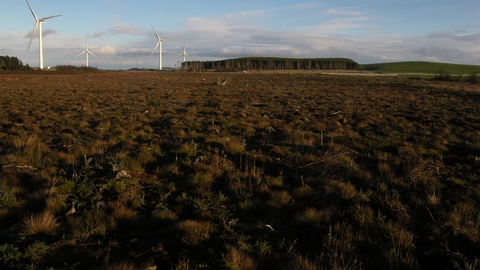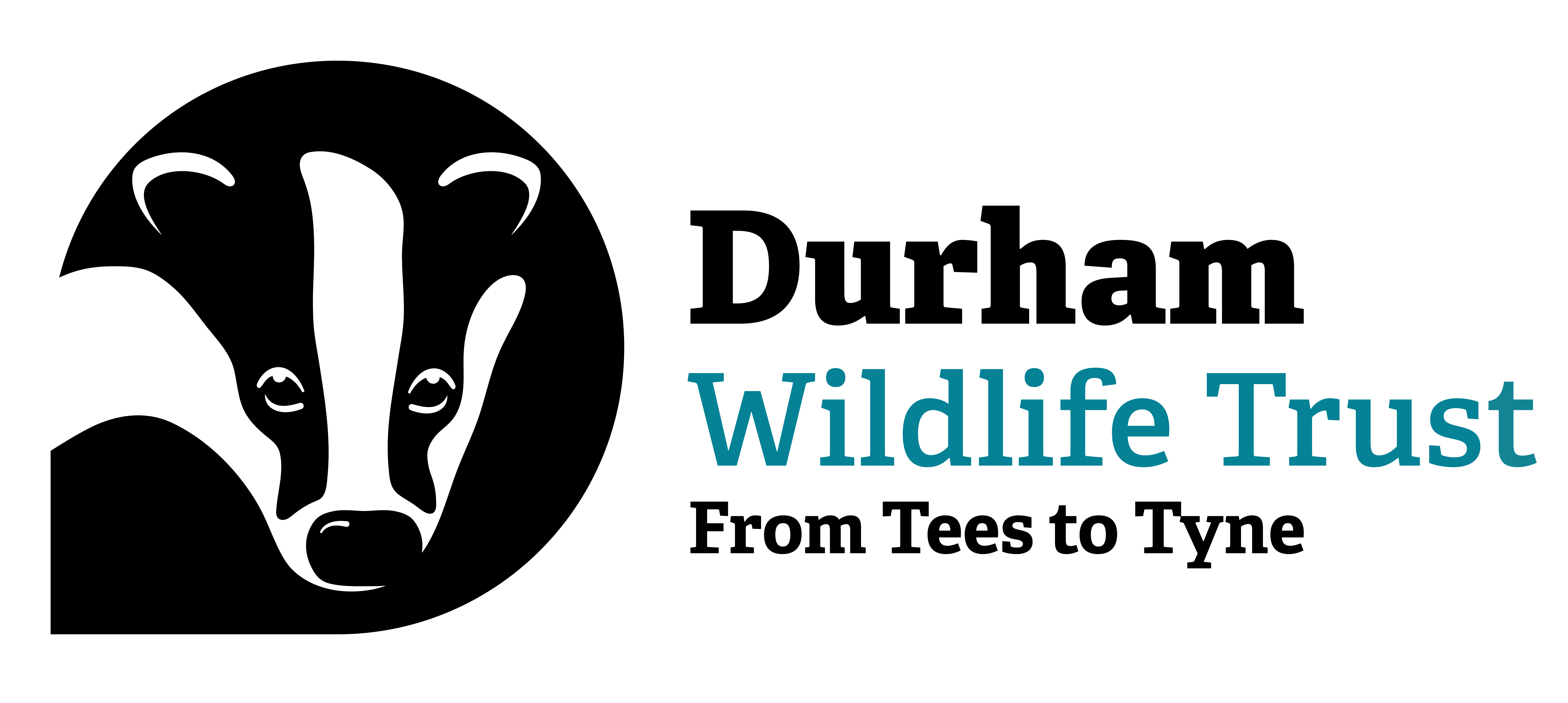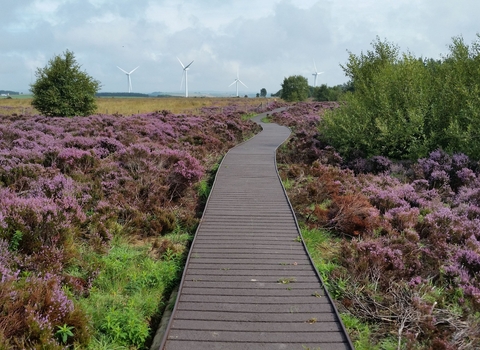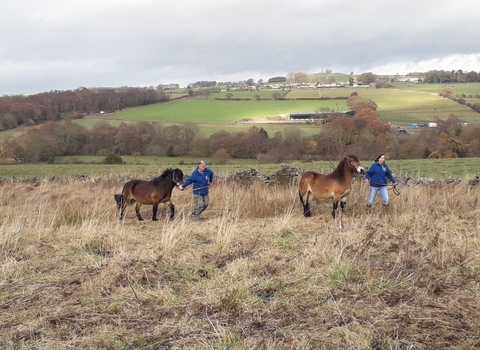
Stanley Moss
Location
Know before you go
Dogs
When to visit
Opening times
Open at all timesBest time to visit
April to AugustAbout the reserve
One of the few remaining blanket peat bogs found in the lowlands of County Durham.
Stanley Moss was once significantly larger but has been significantly reduced due to opencast coal mining, forestry and agricultural improvements. Heather, bilberry and cotton grass carpet the bog and where the surface is waterlogged sphagnum mosses thrive. More unusual species such as crowberry and hare’s-tail cotton grass can also be found.
The site is important for birds with breeding meadow pipits, skylark and lapwing and frequent sightings of short-eared owl, black and red grouse and large numbers of snipe and curlew.
It is now acknowledged that peat bogs make a massive contribution in the fight against climate change due to their ability to store carbon. However, peat bogs have been lost at an alarming rate in the recent past, which makes the restoration and protection of peat bogs such as Stanley Moss so important.





